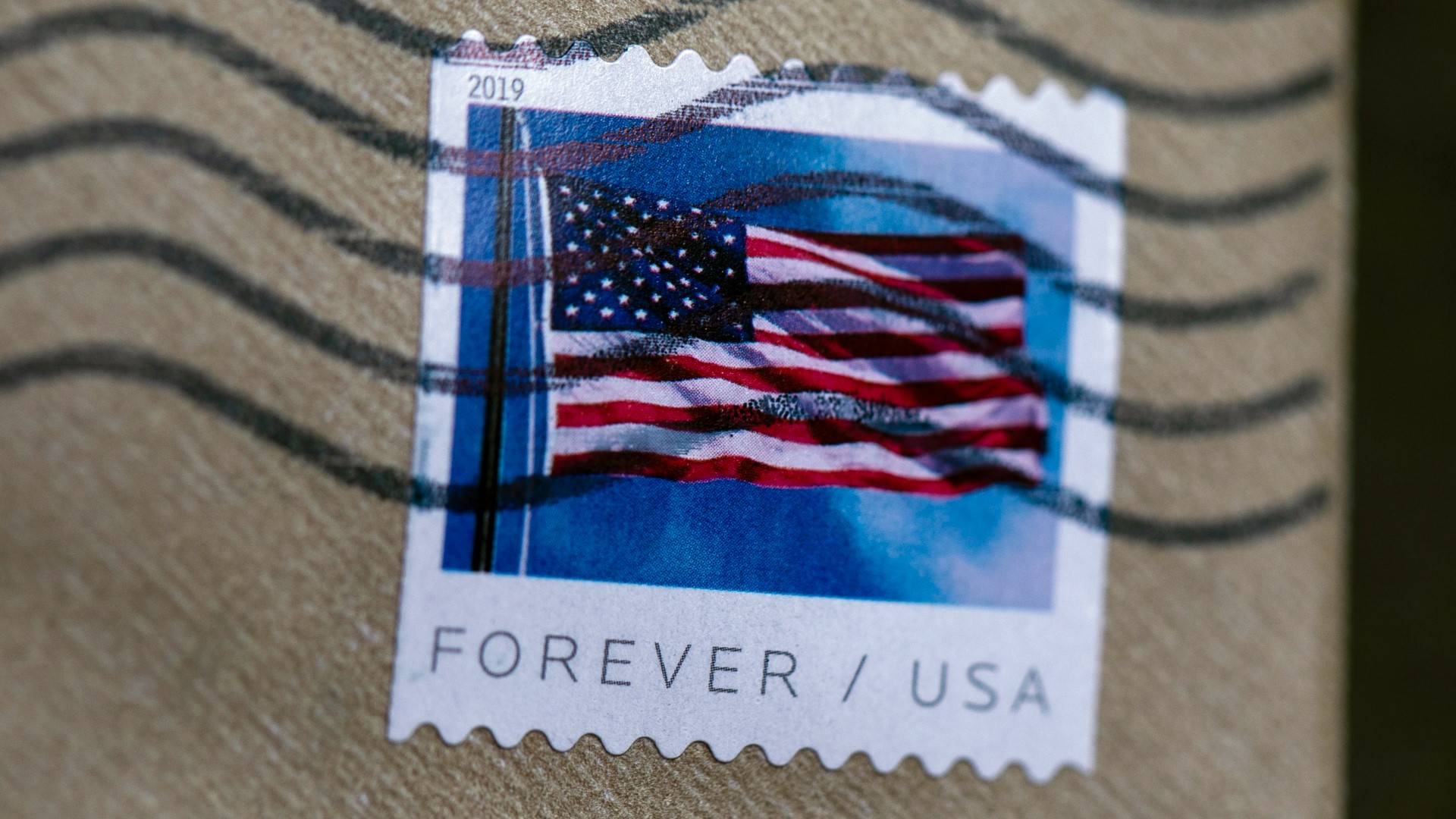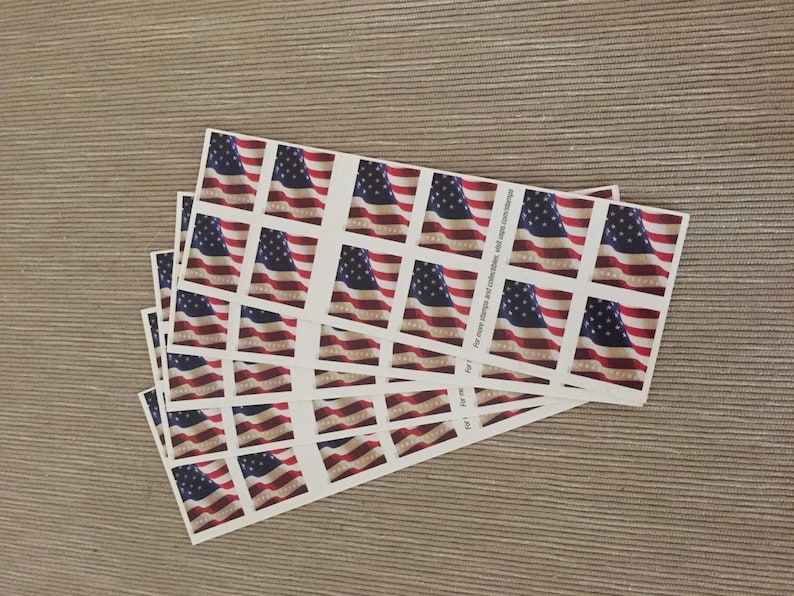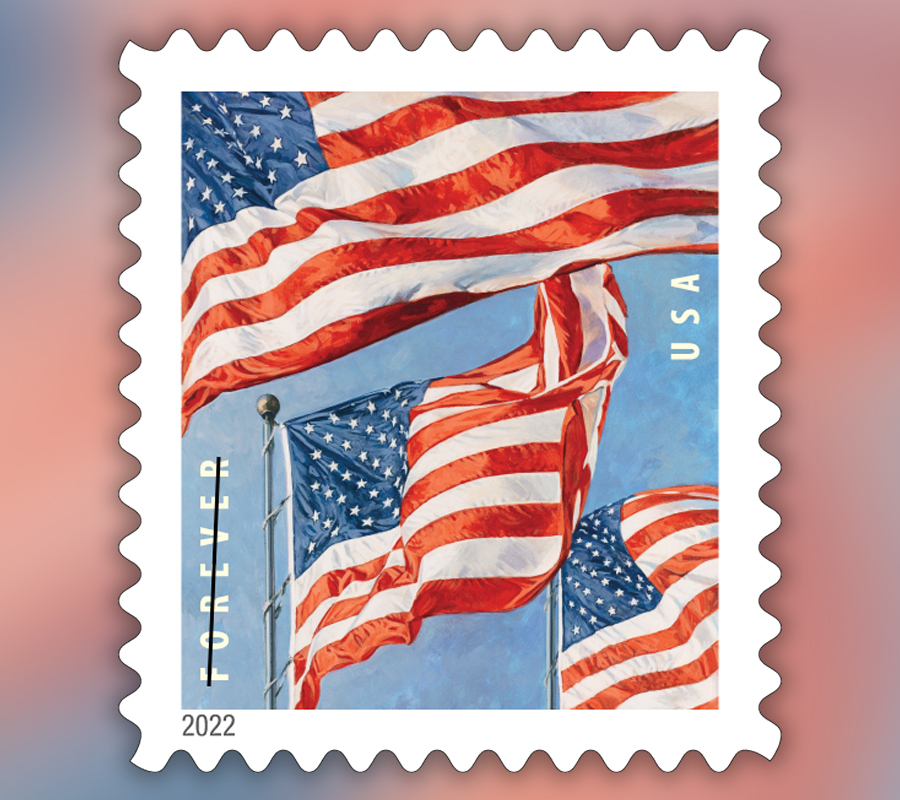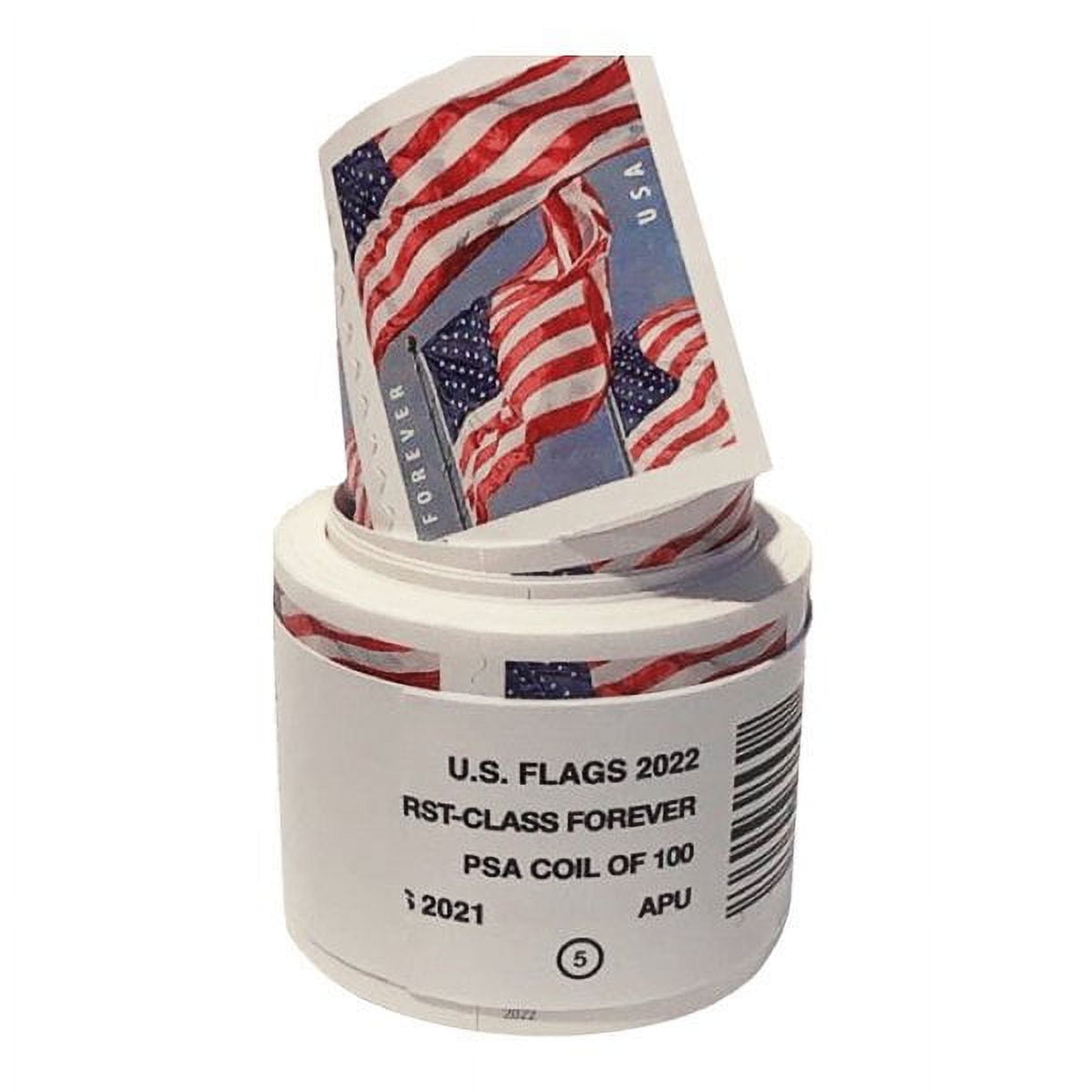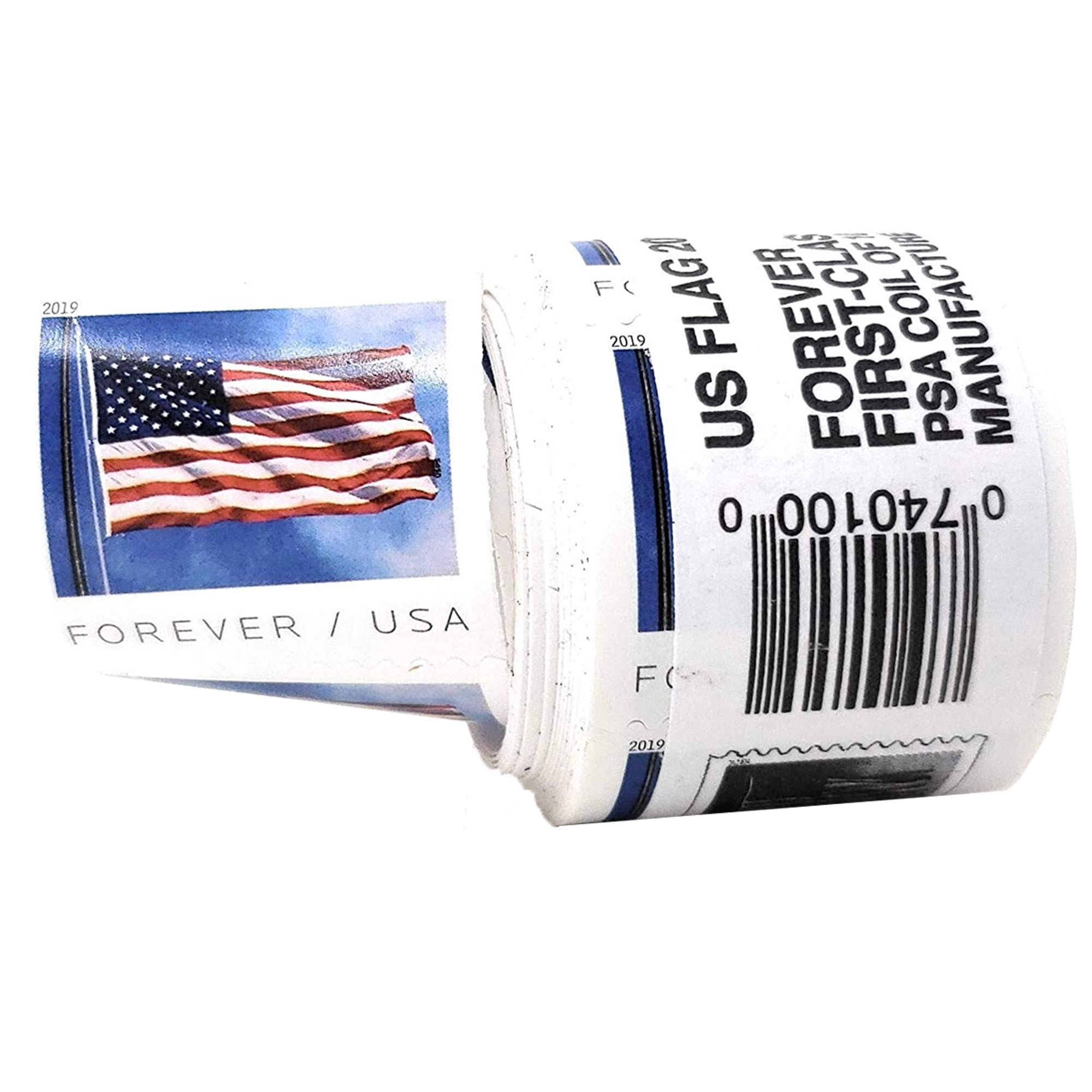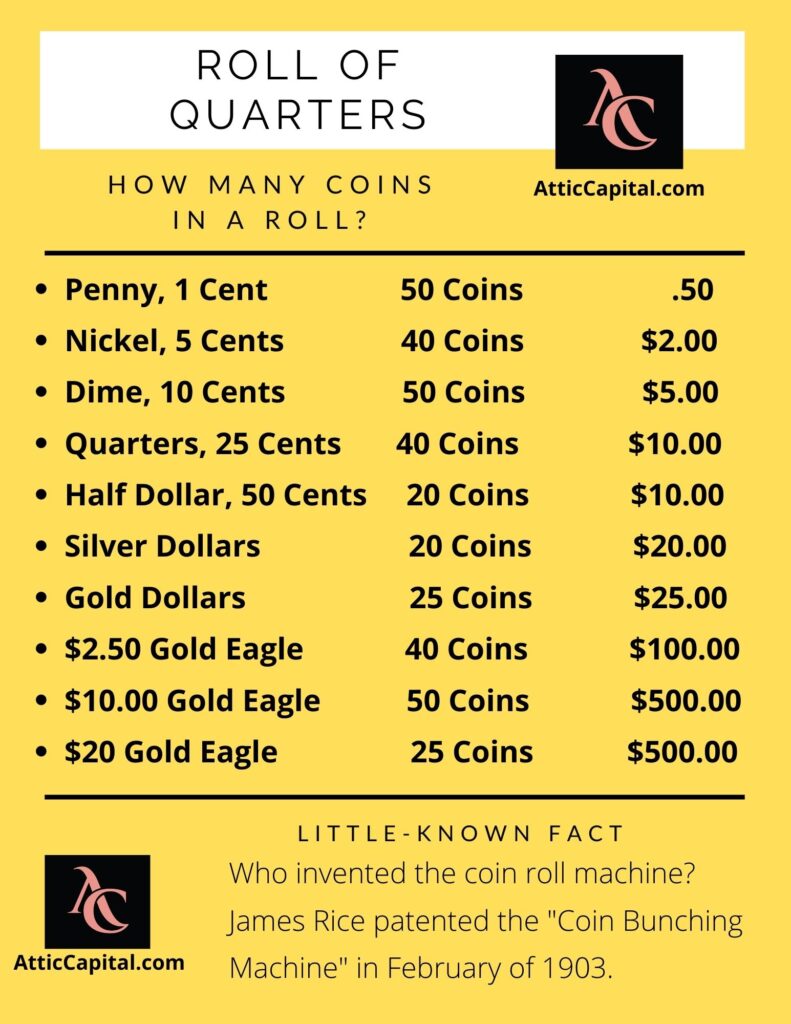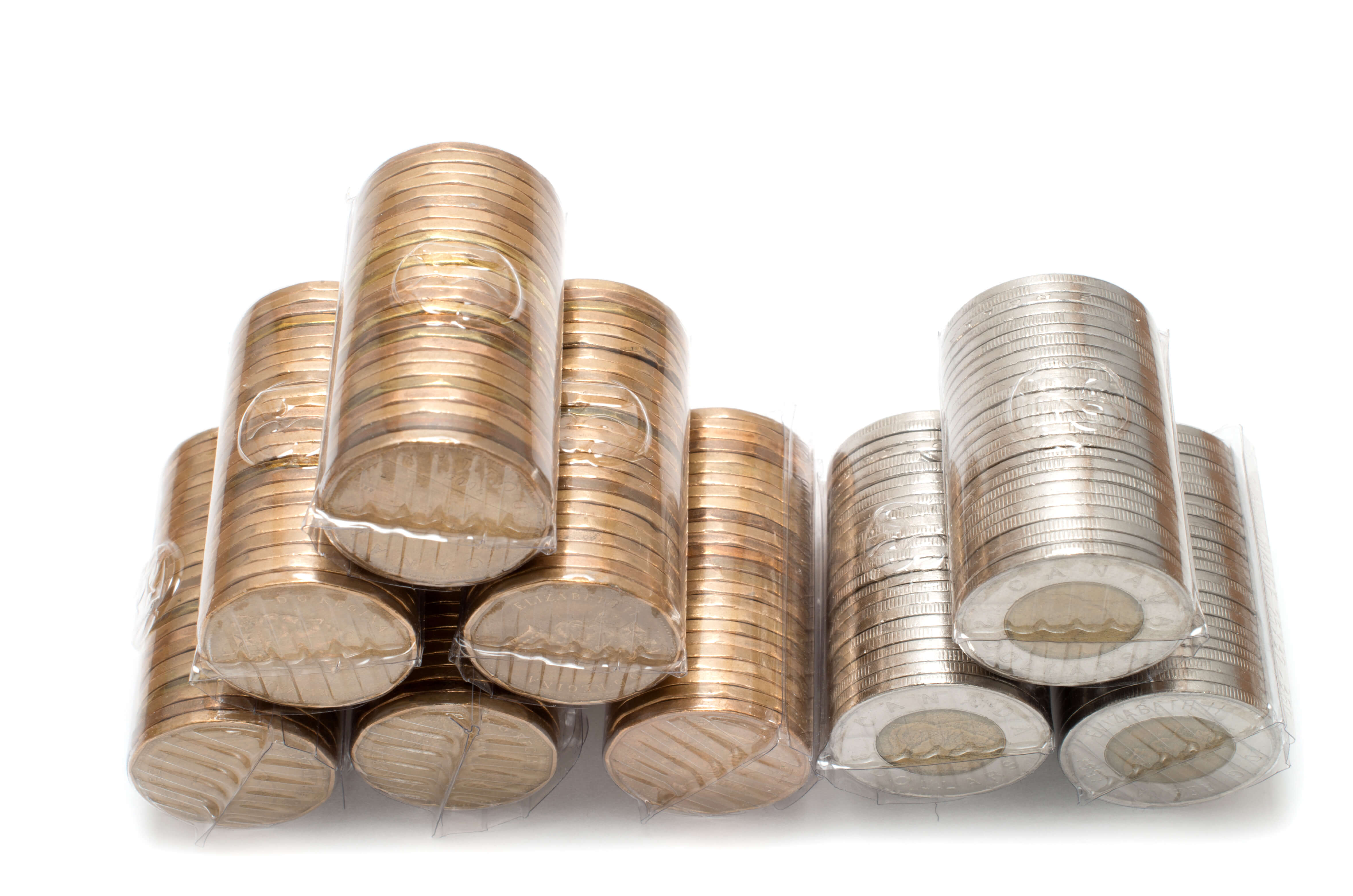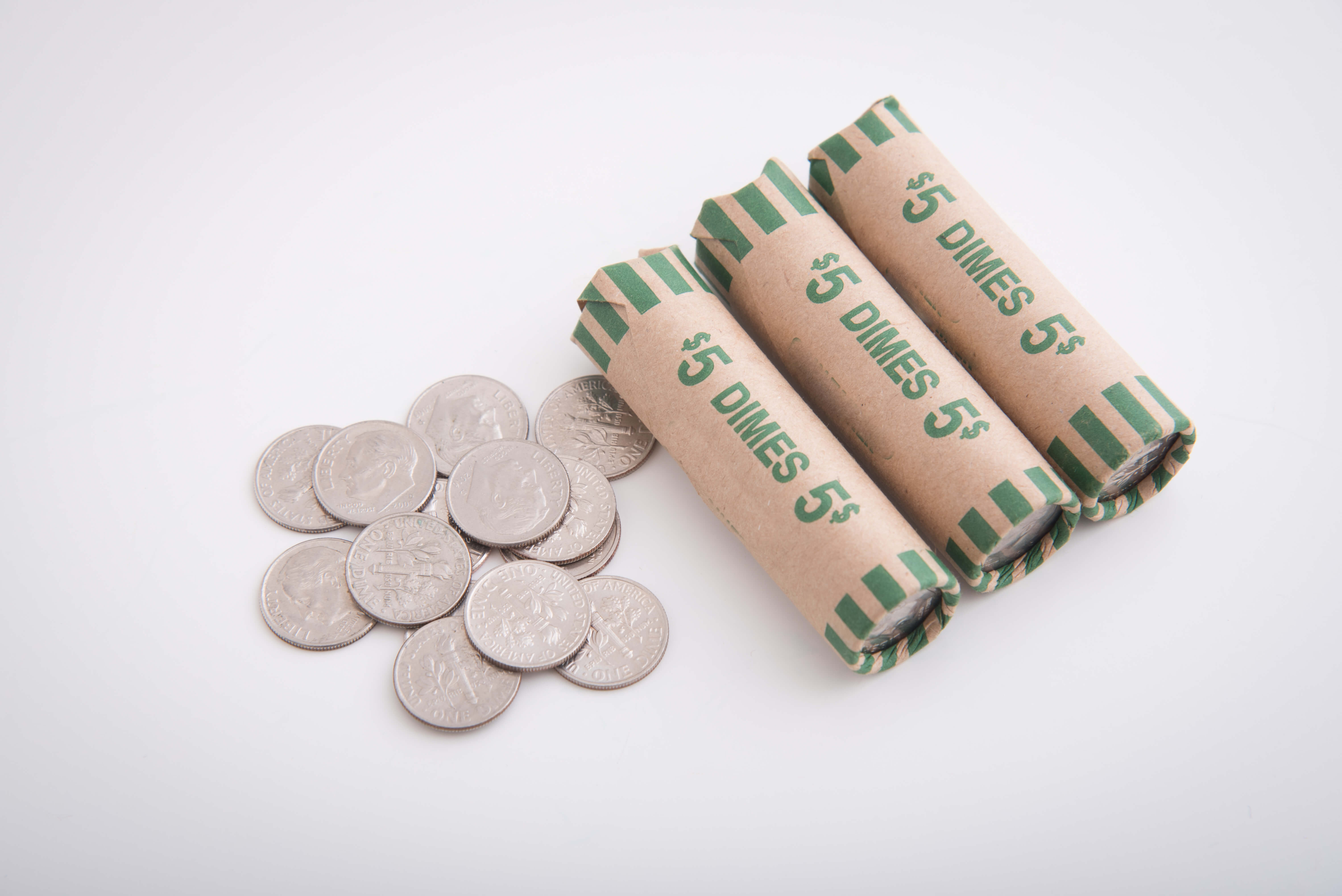How Much Is A Roll Of Stamps 2025
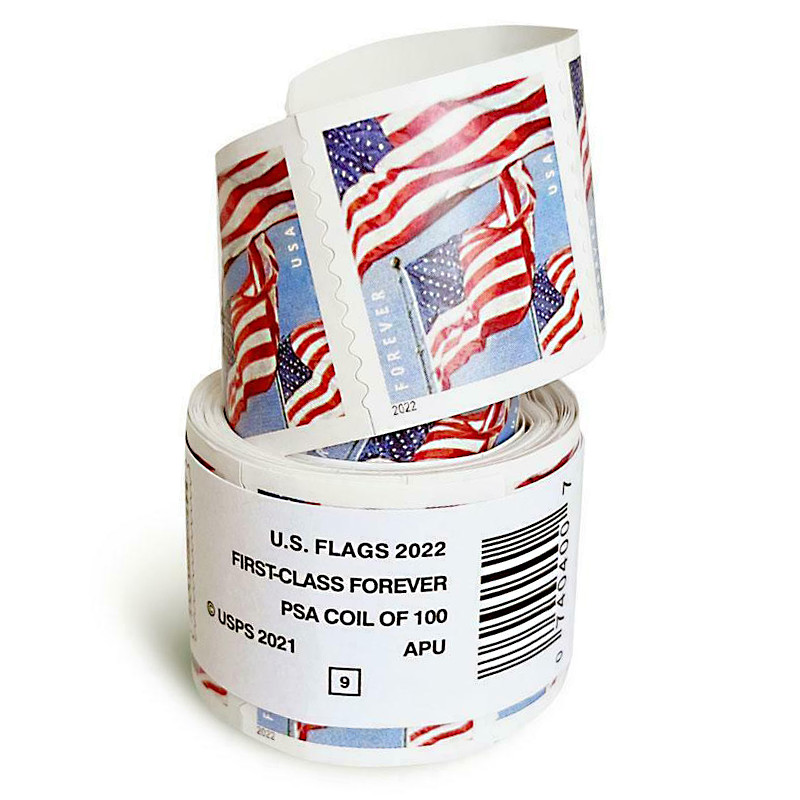
As families and businesses budget for the year ahead, one persistent question lingers: What will it cost to mail a letter in 2025? Predicting the price of a roll of stamps requires navigating a complex landscape of economic factors and postal service policy.
This article delves into the factors influencing postage rates, potential scenarios for 2025, and what consumers and businesses can expect when mailing letters and packages next year.
Understanding the Dynamics of Postage Rates
The United States Postal Service (USPS) operates under a unique mandate, striving to provide affordable and reliable service to every American household and business. However, this mission is increasingly challenged by rising operational costs, declining mail volumes, and the need for infrastructure modernization.
Several factors contribute to the fluctuations in postage rates, including inflation, fuel costs, labor agreements, and legislative decisions affecting the USPS.
In recent years, the USPS has been granted greater pricing flexibility by the Postal Regulatory Commission (PRC), allowing for more frequent and potentially larger rate increases than in the past.
Recent Postage Rate Changes: A Precedent for 2025?
To anticipate the cost of a roll of stamps in 2025, examining recent rate adjustments is crucial. In 2023 and 2024, the USPS implemented multiple price hikes affecting various mail services, including First-Class Mail.
These increases were largely attributed to efforts to offset financial losses and invest in infrastructure improvements outlined in the USPS's "Delivering for America" plan.
For example, the price of a First-Class Mail Forever stamp increased from 63 cents to 66 cents in January 2024, and then again to 68 cents in July 2024.
Potential Scenarios for 2025
Predicting the exact price of a roll of stamps in 2025 is speculative, but informed projections can be made based on current trends and economic forecasts. Several scenarios are possible, each with varying impacts on consumers and businesses.
Scenario 1: Moderate Increase If inflation remains relatively stable and the USPS continues its current strategy, a moderate increase of a few cents per stamp is possible. This could translate to a roll of 100 Forever stamps costing around $70-$72.
Scenario 2: Significant Increase Should economic pressures intensify, or the USPS face unexpected financial challenges, a more substantial rate hike could occur. In this case, a roll of 100 Forever stamps could potentially reach $75 or higher.
Scenario 3: Rate Freeze While less likely given recent trends, a rate freeze is possible if the USPS achieves significant cost reductions or receives additional government funding.
Expert Opinions and Industry Insights
Postal industry analysts suggest that further rate increases are likely in the coming years, though the magnitude remains uncertain. The need for the USPS to modernize its infrastructure and address its long-term financial challenges is a key driver.
"The USPS is caught between a rock and a hard place," explains Mark Rodriguez, a postal industry consultant. "They need to raise prices to cover costs, but higher prices can further depress mail volume, creating a vicious cycle."
Consumer advocacy groups express concern about the impact of rising postage rates on low-income households and small businesses. They argue that affordable mail service is essential for maintaining social and economic connectivity.
Impact on Consumers and Businesses
Rising postage rates directly affect consumers who rely on mail for essential communications, such as bill payments, letters, and greeting cards. For businesses, increased postage costs can significantly impact marketing campaigns, invoices, and other mail-related activities.
Small businesses, in particular, may need to adjust their budgets and explore alternative communication methods to mitigate the impact of higher postage rates. Some may opt for digital marketing and electronic billing to reduce their reliance on traditional mail.
Consumers might consider buying Forever stamps in bulk before anticipated price hikes to save money in the long run. They could also explore alternatives to traditional mail for certain communications.
Alternatives to Traditional Mail
In response to rising postage costs, many individuals and organizations are turning to digital communication methods. Email, social media, and online platforms offer cost-effective alternatives for sending messages and documents.
Electronic billing and online payment systems are also becoming increasingly popular, reducing the need for traditional mail for financial transactions. These digital alternatives offer convenience and cost savings for both senders and recipients.
While digital communication offers advantages, it's important to recognize that not everyone has access to reliable internet service or digital literacy. Therefore, traditional mail remains a vital service for many communities.
Conclusion: Preparing for Potential Changes
While the exact cost of a roll of stamps in 2025 remains uncertain, current trends suggest that further price increases are likely. Consumers and businesses should prepare for these potential changes by budgeting accordingly and exploring alternative communication methods where feasible.
Staying informed about USPS announcements and economic forecasts is crucial for making informed decisions about mail-related expenses.
The future of postage rates will depend on a complex interplay of economic factors, postal service policy, and technological advancements. Adapting to these changes will be essential for navigating the evolving landscape of communication.
